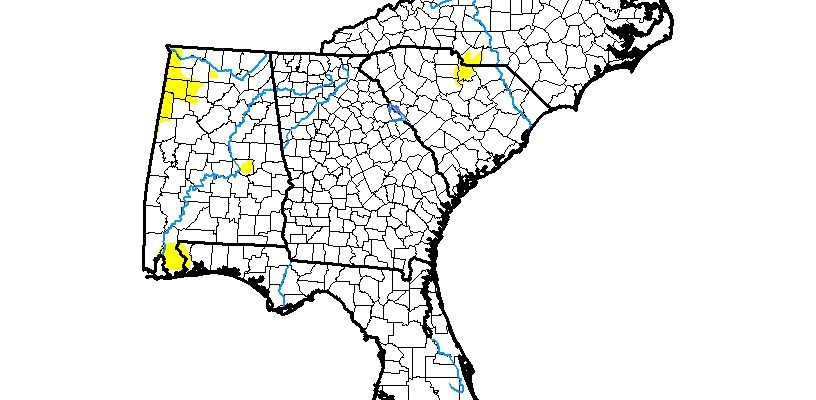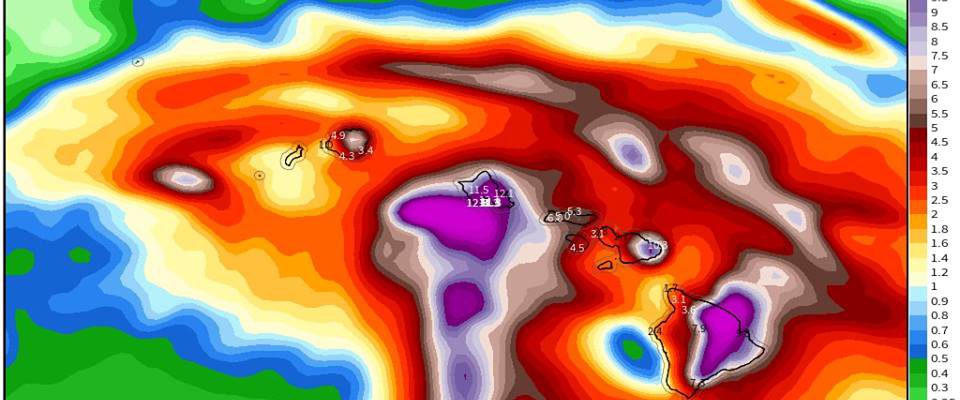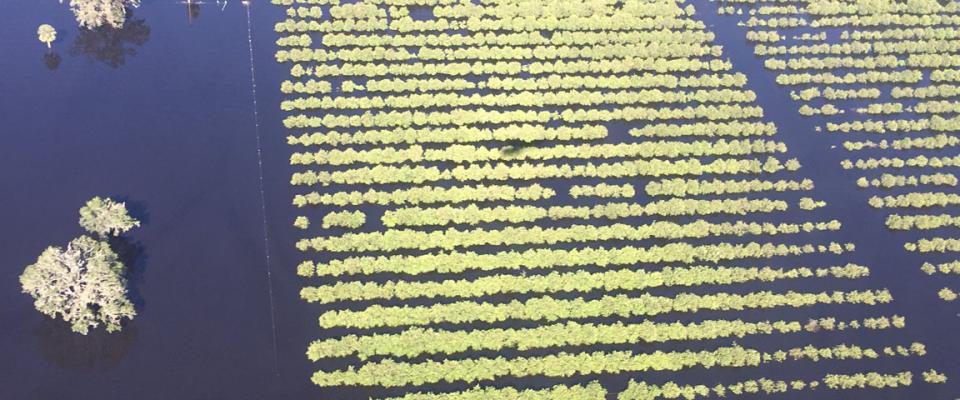-

The latest Drought Monitor, released this morning, shows that rain has reduced the scattered spots of abnormally dry conditions in eastern Alabama, although there was a slight expansion of abnormally dry conditions in the northwest part of that state. Elsewhere, small spots of dry conditions persist. No drought is expected to develop over the next…
Posted in: Drought -

Here is an interesting story by Eddie McGriff from the Southeast Farm Press about the impacts of a layer of hardpan below the surface of an Alabama cotton field on plant growth. One of the most interesting impacts to me as a climatologist was the impact of breaking up the hardpan on floods and droughts.…
-

If you have not been following the recent weather news, you may have missed the news that a Category 4 hurricane named Lane is bearing down on the Hawaiian Islands and is expected to cause impacts there even if the center misses the islands, as it is expected to do. As bad as the winds…
-

Earlier today I posted a story about how much natural disasters cost each state. But how much do they cost the nation as a whole? GoBankingRates.com has a short article which describes what the costs of some recent disasters have been here. A lot of the costs are absorbed locally but in the big disasters, money…
Posted in: Climate and Ag in the news -

OK, this isn’t really about climate or agriculture, but it’s about geography and that is close enough today. And besides, the mountains make their own weather, right? This is a list of where the highest spot is in each of the states plus the District of Columbia. As you can see, a lot of them…
Posted in: Climate and Ag in the news -

Money Talk News from MSN has compiled a slide show which shows the amount of money an average household pays for natural disasters in each state. The total is a combination of the total number of disasters that hit and the cost of each and the number of households in the state. The highest in…
Posted in: Climate and Ag in the news -

The latest global summary of climate was released today by NOAA. It shows that for July 2018, this was the 4th warmest on record since reliable records began in 1880. The January through July period was also the 4th warmest on record. You can read the full summary at https://www.ncdc.noaa.gov/sotc/global/201807.
Posted in: Climate summaries